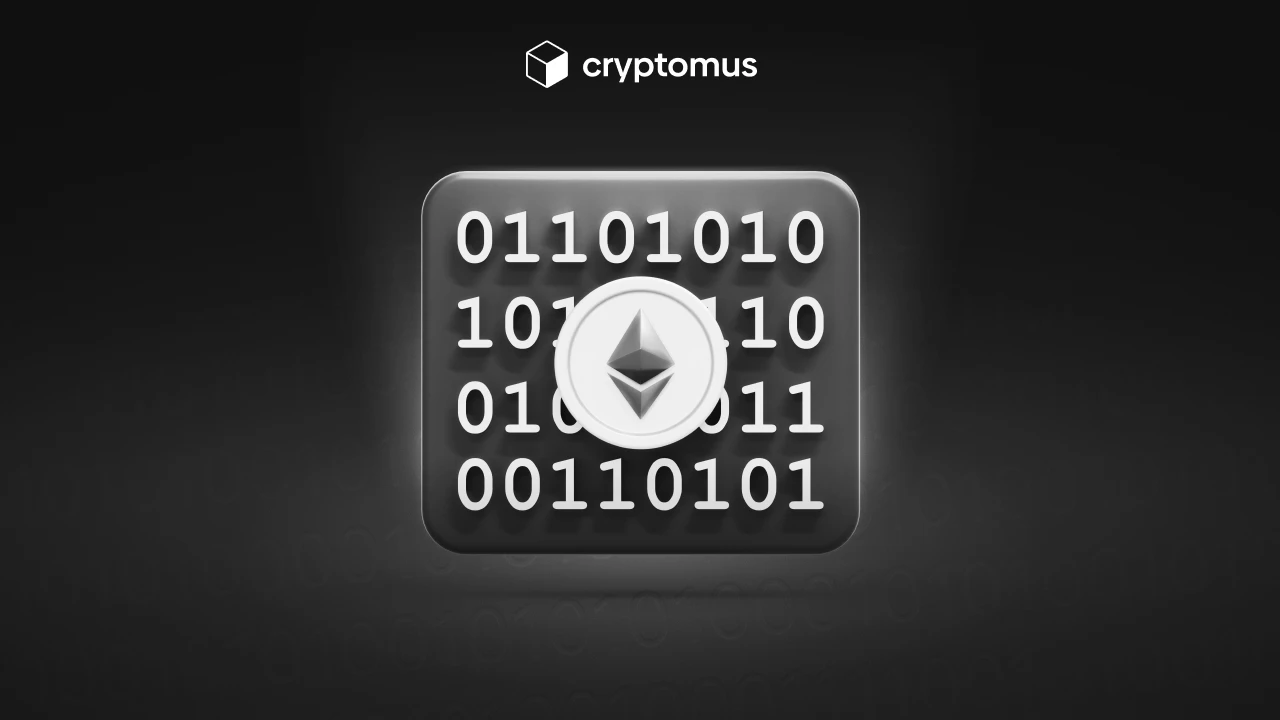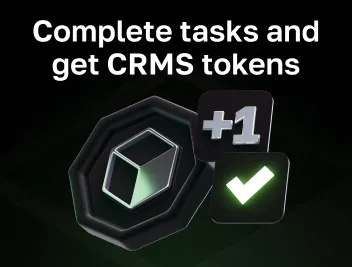
What is a Transaction Hash or ID (TxHash/TxID) and How to Find it?
A transaction hash, often referred to as a TxHash, acts as a unique signifier generated whenever a transaction is executed within a blockchain system.
Once it's confirmed, the transaction ID (TxHash) becomes fixed, making sure the record of the transaction is valid and unchangeable. It includes essential information about the transaction, like the digital wallet addresses involved, the amount transferred, and the exact date and time, along with its current status.
It's important to know that these transaction IDs are unique to their own blockchain, which means their format may vary from network to network, like Bitcoin and Ethereum. In this article today, we will talk about how to find transaction Hash ID on blockchain and what it is used for.
How to Find My Transaction Hash or ID (TxHash/TxID)
Now that you know what transaction hash is in crypto, we will talk about finding your transaction hash and answer the question on how to find TxID on blockchain explorers.
Take the Cryptomus platform as an instance. Here, your TxHash is readily accessible on the transaction receipt within your transaction history.
For an even more direct approach and to answer the query of how to track TxID, Cryptomus also offers the Cryptomus blockchain explorer. This tool allows you to track your transaction in real time. Copy-paste the TxHash into the search bar, and it'll divulge the status of your transaction, regardless of where it originated. Whether you're confirming a recent transfer or just making sure your transaction is on the move, these tools are your go-to helpers in the digital currency realm.
It’s important to note that TxHashes exist only for on-chain transactions, meaning transfers sent to external wallets via the blockchain. These transactions require a network (gas) fee, and the hash appears instantly in the transfer details at the moment the transaction is initiated.
By contrast, internal transfers within the platform—for example, from one Cryptomus user to another—are processed off-chain. Since they don’t go through the blockchain, users don’t pay a network fee, and the funds are transferred instantly. Instead of a blockchain TxHash, such transactions receive a Transfer ID, which cannot be used to track the transaction on the blockchain because the transfer occurs entirely within the platform’s internal system rather than on a public network.
Now that we have seen how to find TxID, we'll explore how it can be used.
What Can Transaction Hash or ID (TxHash/TxID) Be Used for?
Your TxHash can come in handy in multiple cases:
-
Transaction tracking and verification: what is a TxHash? Imagine a personal tracker in the world of blockchain. You just put this unique code into a blockchain explorer, and it's like using a GPS to find out if your transaction has been completed or if it's still waiting to be processed.
-
Auditing and record-keeping: another one of the uses of the TxHashes is to keep records of every transaction on the blockchain. Whether it's a simple purchase of coffee or the sale of a huge building, they keep track of all the details of every deal.
-
Resolving disputes: have you ever disagreed about a transaction where each person has a different story? Suppose you understand what is the TxID. In that case, you will also understand that it acts as the final judge, presenting the details with great accuracy, just like a Swiss watch, and leaves no space for debate.
-
Tax and compliance reporting: TxHashes are like a detailed map showing the movement of your cryptocurrencies. Many centralized exchanges and payment platforms attach travel-rule metadata to outgoing TxHashes when transactions involve verified accounts. This allows regulators to trace activity more efficiently while still relying on blockchain transparency. Some blockchains now also issue compliance tags linked to TxHashes to simplify audits and anti-fraud monitoring.

Importance of Transaction Hash or ID in Blockchain Security
How to write an article about what is TxID in crypto and how to find transaction Hash without talking about Its vital role in various essential aspects that boost the strength and dependability of the blockchain:
-
Immutability: every TxHash is a unique cryptographic design, acting as a digital DNA for each transaction. Once it's recorded in the blockchain, it's permanent, like a handprint in fresh cement. Trying to alter it? That's almost like trying to reverse time – extremely difficult because it would mean redoing the entire history of the blockchain, a task too enormous even for the most powerful computers.
-
Verification and transparency: they make transparency more than just a trendy word; they make it a reality. These digital clues allow anyone with the internet to look deep into the blockchain. Simply put a TxHash into a blockchain explorer, and there you have it! You get all the information about a transaction.
Search Tips of Transaction Hash or ID
Here are some valuable tips regarding Transaction Hashes or IDs (TxHash/TxID) in the context of cryptocurrency transactions:
-
Always double-check the TxHash: prior to completing any transaction or using the TxHash for any form of tracking, ensure its accuracy. An incorrect Hash can lead to errors or misdirection in tracking transactions.
-
Keep records of TxHashes: for significant transactions, especially those related to business, investments, or taxes, record your TxHashes securely. These records serve as proof of your transactions and are crucial for future reference.
-
Using TxHashes for refunds: if you're in a situation where a refund is due, or a transaction is in question, the TxHash is your undeniable proof of the transaction's details, which can assist in settling disputes or processing refunds efficiently.
Thanks for reading our article on what is transaction hash in cryptocurrency and how to find a transaction hash. We hope you found it informative and enjoyable. If you have any thoughts or comments, please feel free to share them with us below.
Rate the article








comments
0
You must be logged in to post a comment